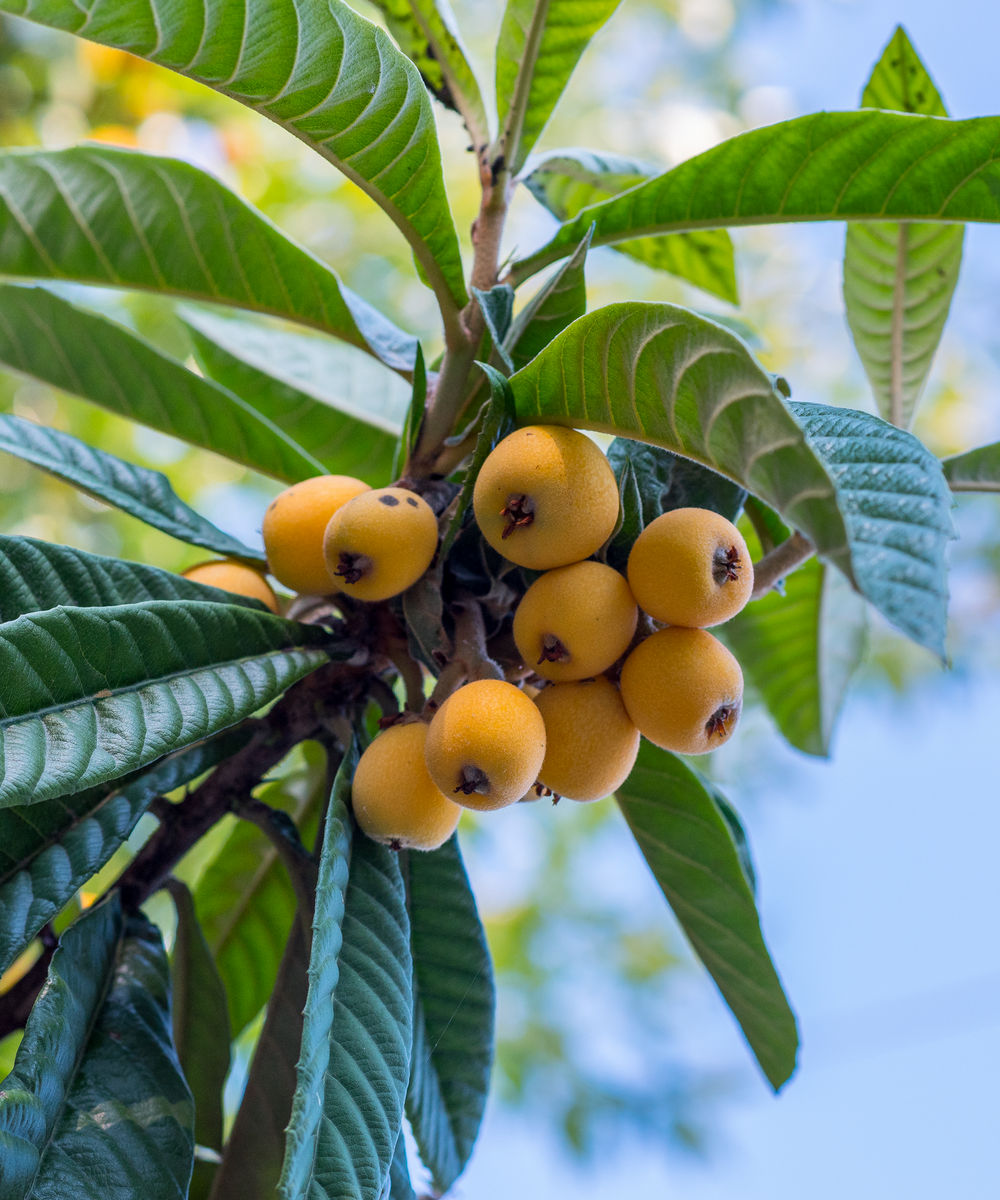
Loquat Edible Fruit Tree, Eriobotrya japonica PlantVine
Loquat Previously known as: Crataegus bibas Mespilus japonica Phonetic Spelling er-ee-oh-boh-TRY-ah jah-PON-ih-kah This plant has low severity poison characteristics. See below Description A tropical evergreen shrub or tree with alternate, simple leaves that are leathery, veiny, and toothed.

Japanese Loquat Plum Tree (eriobotrya japonica) Urban Tropicals
The Eriobotrya japonica is evergreen, so its leaves do not vary much throughout the four different seasons. Depending on the temperature of a tree's location, the flowers can begin to appear in the autumn or early winter.. Dhiman, A., Suhag, R., Thakur, D., Gupta, V., & Prabhakar, P. K. (2021). Current Status of Loquat (Eriobotrya Japonica.

Eriobotrya japonica Growing Loquat in the UK
Loquat, known as Eriobotrya japonica, is a small to medium-sized evergreen tree with broad, glossy, leathery leaves that bears clusters of small, yellow-orange, sweet edible fruits. Native to south-eastern China, loquat is now widely cultivated in subtropical and tropical regions around the world.

Eriobotrya japonica (Japanese Medlar, Japanese Plum, Loquat) North Carolina Extension Gardener
Loquat Eriobotrya japonica Loquat Write a Review £99.99 Size: Code: 15191 Availability: Out of stock Email Wishlist At a Glance Size: 15-20 Litre pot* (100-110cm stem) Mature Height (?): 4.0-8.0m Mature Spread (?): 4.0-8.0m Flower Colour (?): white Flowering Time (?): Autumn - Winter Foliage (?): Evergreen Fragrant (?): No Growth Rate (?): Average
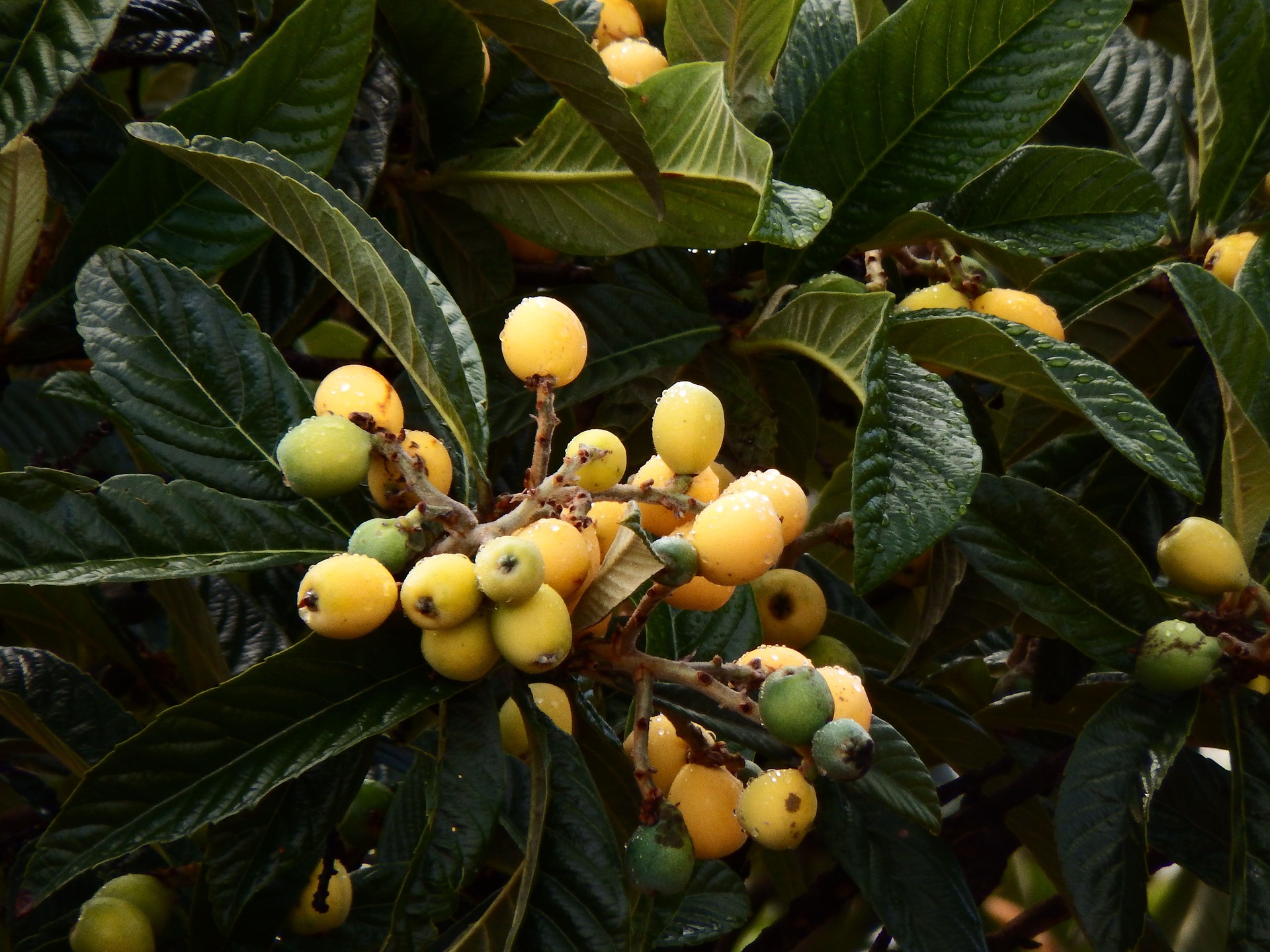
Eriobotrya japonica Loquat World Crops Database
Kind: Latin Name: Eriobotrya japonica. Common Name: Loquat Type: Broadleaf Evergreen Shrub. Height: 10 to 25 feet. Spread: 10 to 25 feet Pollination: Loquat trees are pollinated by various insects including bees (Apis sp.), syrphids, houseflies, Myrmeleontidae, Bombinae, and Pieris rapae (L.).Although they are considered self- compatible, cross pollination by another cultivar, seedling, or.
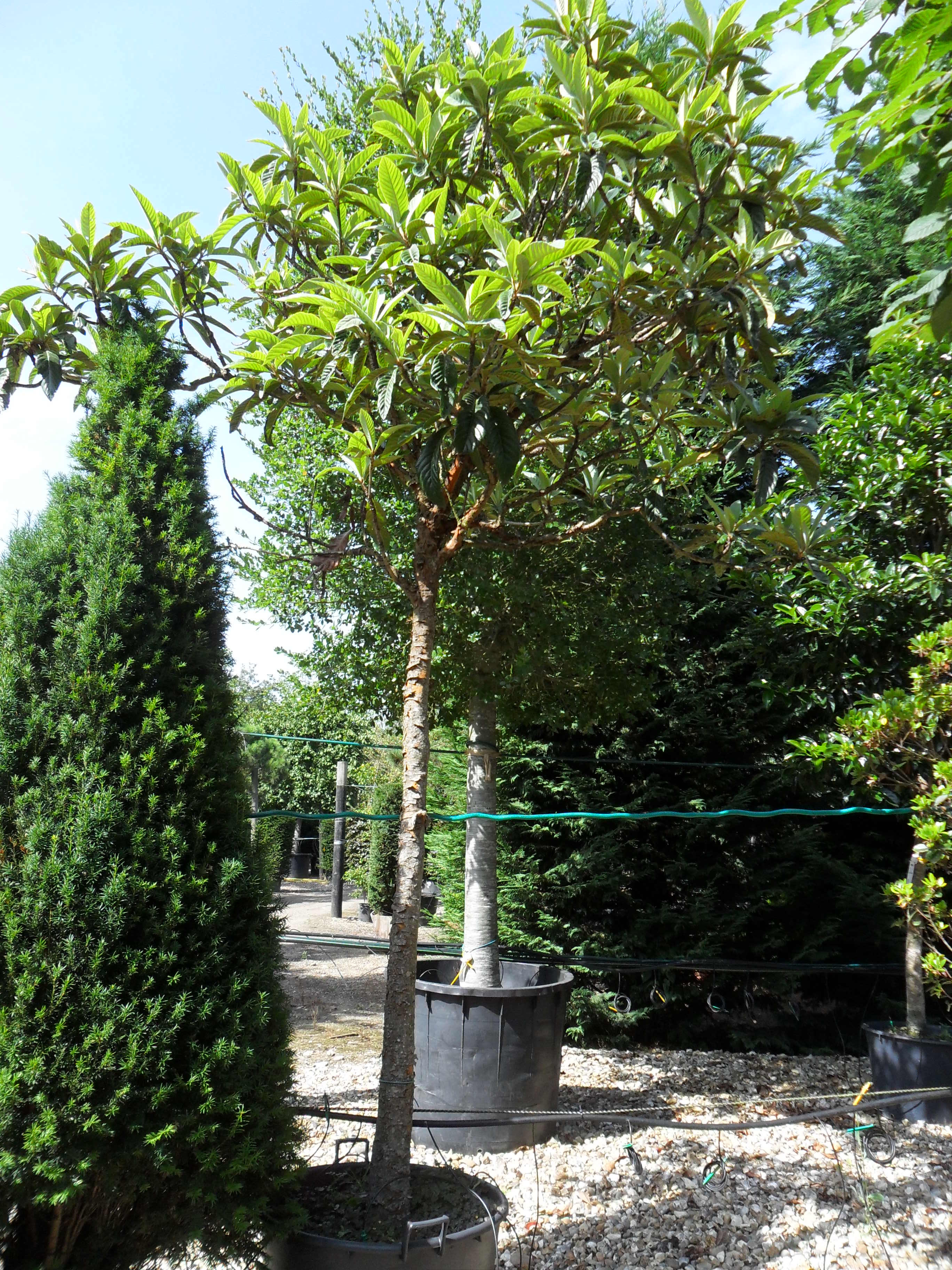
Eriobotrya japonica (Loquat Tree) Practicality Brown
loquat, (Eriobotrya japonica), subtropical tree of the rose family grown for its evergreen foliage and edible fruit. The loquat is native to central eastern China. It was introduced to Japan more than 1,000 years ago, where it was developed horticulturally and is still highly valued. Some superior Japanese varieties reached Europe, the.
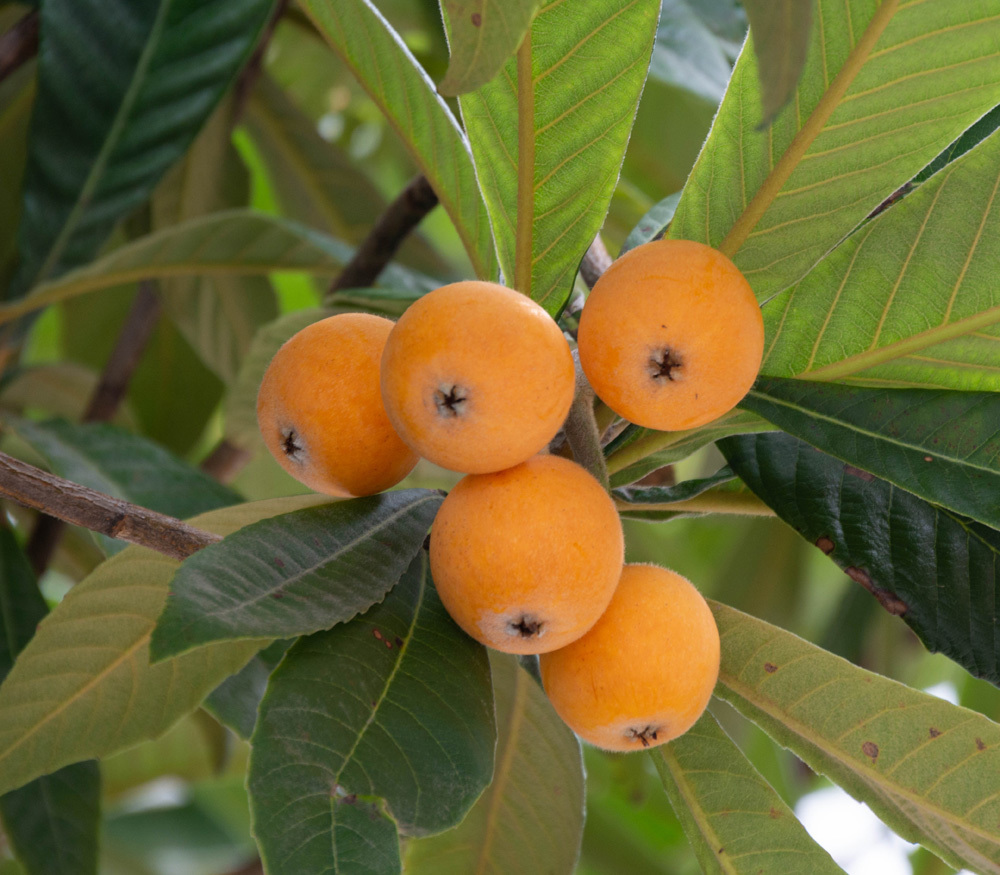
Eriobotrya japonica Loquat Live Fruit Plant Garden attracts birds Gardening KG04 Other Plants
Eriobotrya japonica ), also called biwa, is a large grown commercially for its orange fruit and for its leaves, which are used to make . It is also cultivated as an The loquat is in the to the cooler hill regions of south-central [2] [3] In Japan, the loquat has been grown for over 1,000 years.
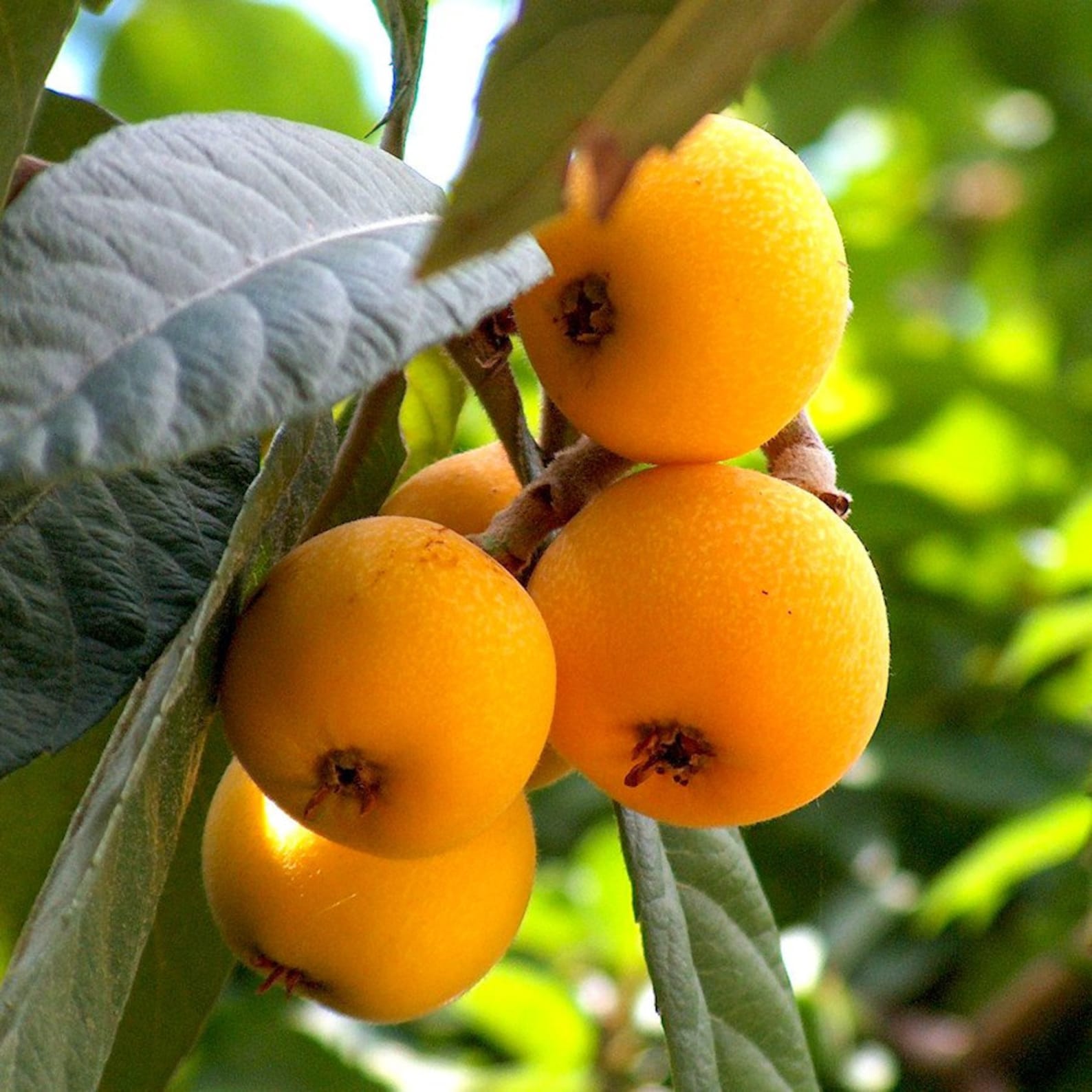
Loquat Japanese Loquat Eriobotrya japonica 5 Fresh Seeds Etsy
Plant ID: 13023 64 view this plant size > Was £280.00 25% Off - Now £210.00 Quantity: Height Excluding Pot: 2.6-3m (8ft 6-9ft 10) Plant shape: Full standard Trunk height: 2 m Trunk girth: 8-10 cm Pot size: 30 Litres Plant ID: 13207 64 view this plant size > Was £350.00 25% Off - Now £262.50 Quantity: Height Excluding Pot: 2-2.5m (6ft 6-8ft 2)

Eriobotrya japonica (Japanese Medlar, Japanese Plum, Loquat) North Carolina Extension Gardener
Eriobotrya japonica (Japanese Loquat) is a large evergreen shrub or small rounded tree with handsome, leathery-textured leaves, up to 8 in. long (20 cm). Veiny and toothed, the foliage is dark-green and glossy on the upper surface, whitish-or rusty-hairy underneath.
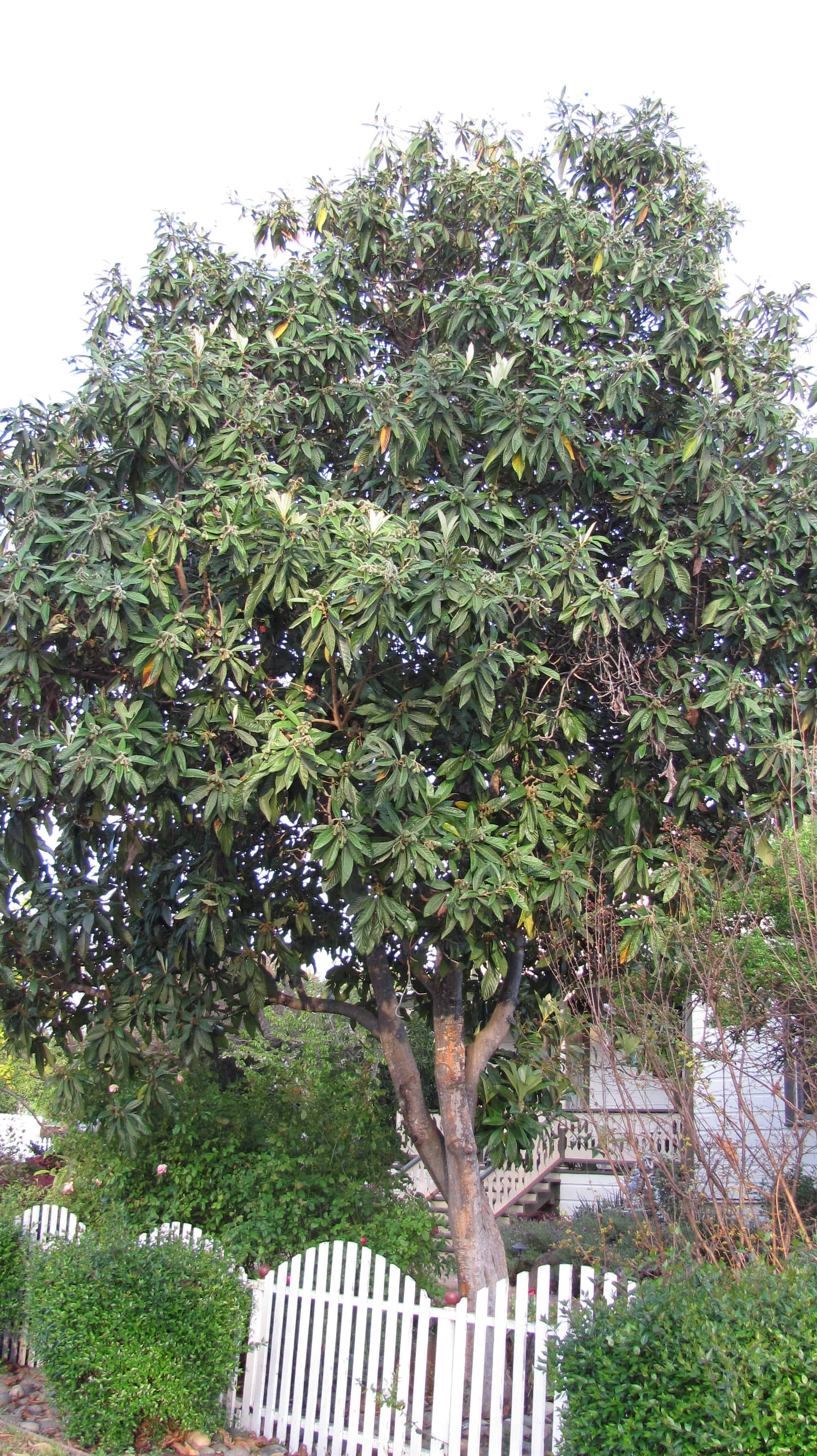
Loquat Tree (Eriobotrya Japonica) GardenCrafters
Eriobotrya japonica (Japanese Loquat or Medlar) The Loquat is a small evergreen winter hardy tree with impressive large dark green foliage giving an almost tropical or exotic look to your garden. It produces small white flowers and fruit in some milder parts of the UK but is mainly grown for its large (8 inch long) leaves. The RHS hardiness.
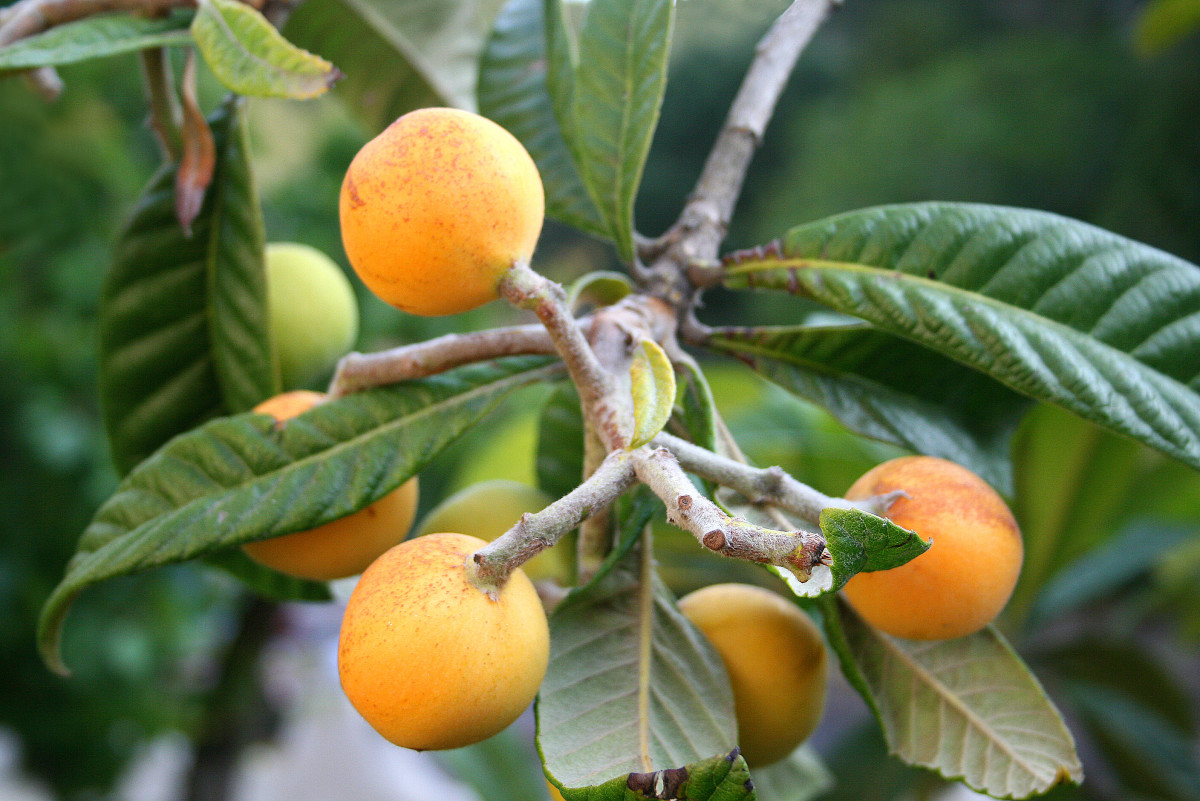
How to Grow Loquat Fruit Trees Eriobotrya Japonica HubPages
Commonly known as Japanese loquat, Loquat Large handsome corrugated leaves with clusters of white hawthorn flowers followed, in a hot summer, by yellow pear-shaped edible fruits. Hardy outside in milder areas

Champagne Loquat Fruit Tree, Eriobotrya japonica Sow Exotic
Fragrant clusters of creamy white flowers are produced in fall, followed by the delicious, brightly colored, winter fruit. Figure 1. Full Form—Eriobotrya japonica: loquat General Information Scientific name: Eriobotrya japonica Pronunciation: air-ee-oh-BOT-ree-uh juh-PAWN-ih-kuh Common name (s): loquat Family: Rosaceae

Eriobotrya japonica (Japanese Medlar, Japanese Plum, Loquat) North Carolina Extension Gardener
Free Shipping Available. Buy Loquat Eriobotrya Japonica on ebay. Money Back Guarantee!

Loquat 'Christmas' (Eriobotrya japonica) Edible landscaping, Fruit trees, Loquat tree
Eriobotrya japonica, commonly called loquat, Japanese medlar or Japanese plum, is a small, short-trunked, upward-branching, broadleaf evergreen tree that typically grows to 10-25' tall with a round form. It also often grows as a large spreading shrub. It is generally noted for its compact size, attractive foliage, fragrant flowers and edible fruit.

Eriobotrya japonica (Japanese Medlar, Japanese Plum, Loquat) North Carolina Extension Gardener
The loquat tree ( Eriobotrya japonica) is a beautiful ornamental tree with stunning, sweet-scented white flowers. It is known for its winter hardiness, evergreen foliage, and delicious fruit.

Champagne Loquat Fruit Tree, Eriobotrya japonica Sow Exotic
The loquat, Eriobotrya japonica, is a wonderful tree, ideally suited to small gardens. The foliage is particularly distinctive, with large, evergreen leaves borne in spurts of fresh green and a dusty coating that gradually sloughs off as the leaves age.